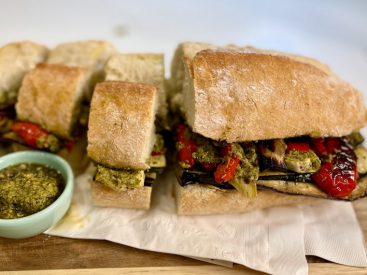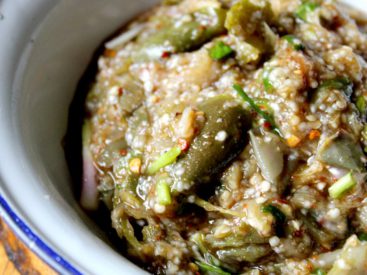Add these new releases to your reading list! Spring is coming. It might not always feel like it, but take a look outside. The days are getting longer and the temperatures are beginning to level off. We just have to push through these last few weeks of winter. And […]
Delicious!
Delicious!



